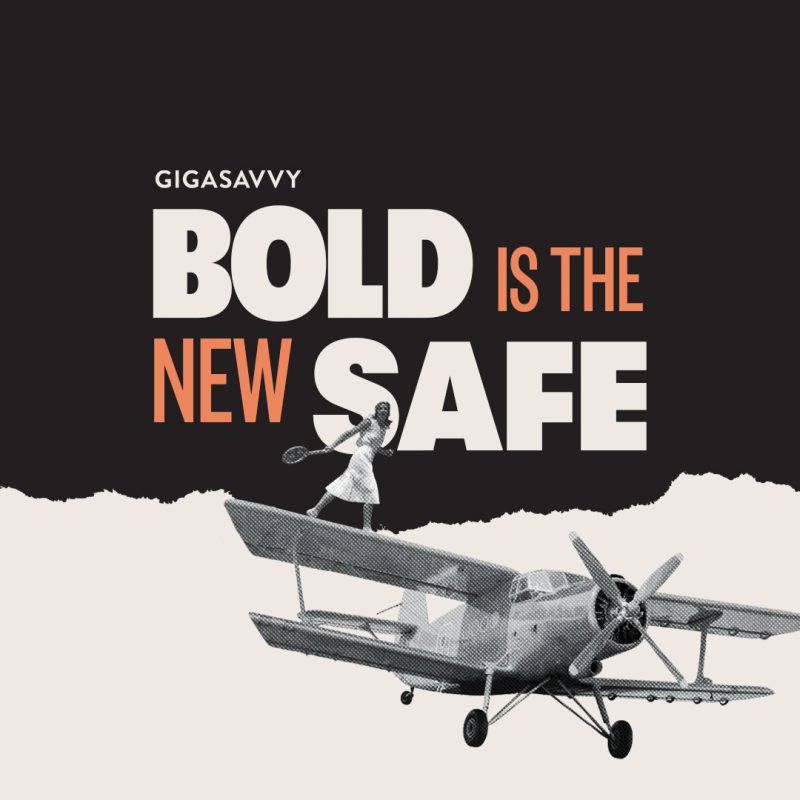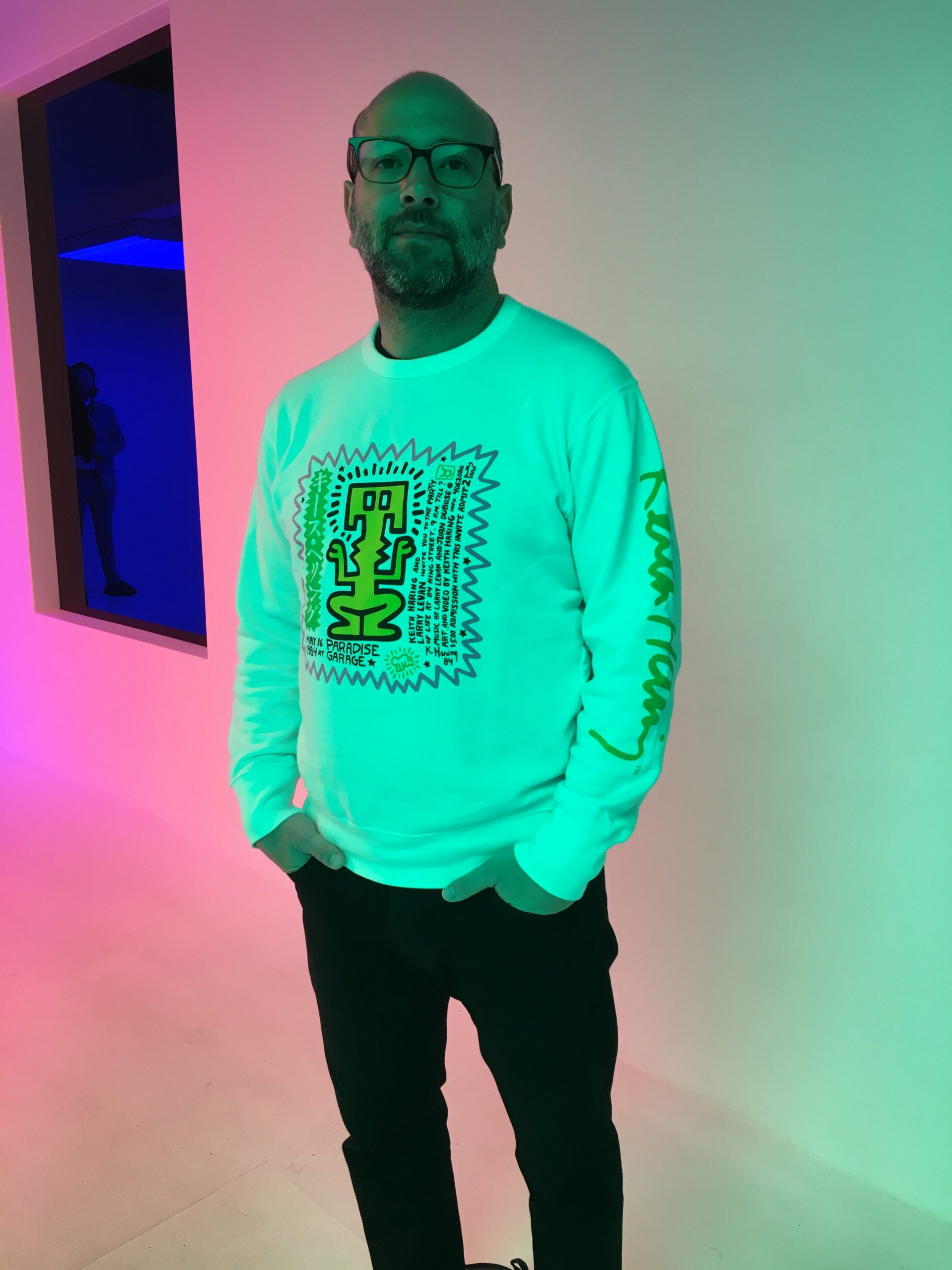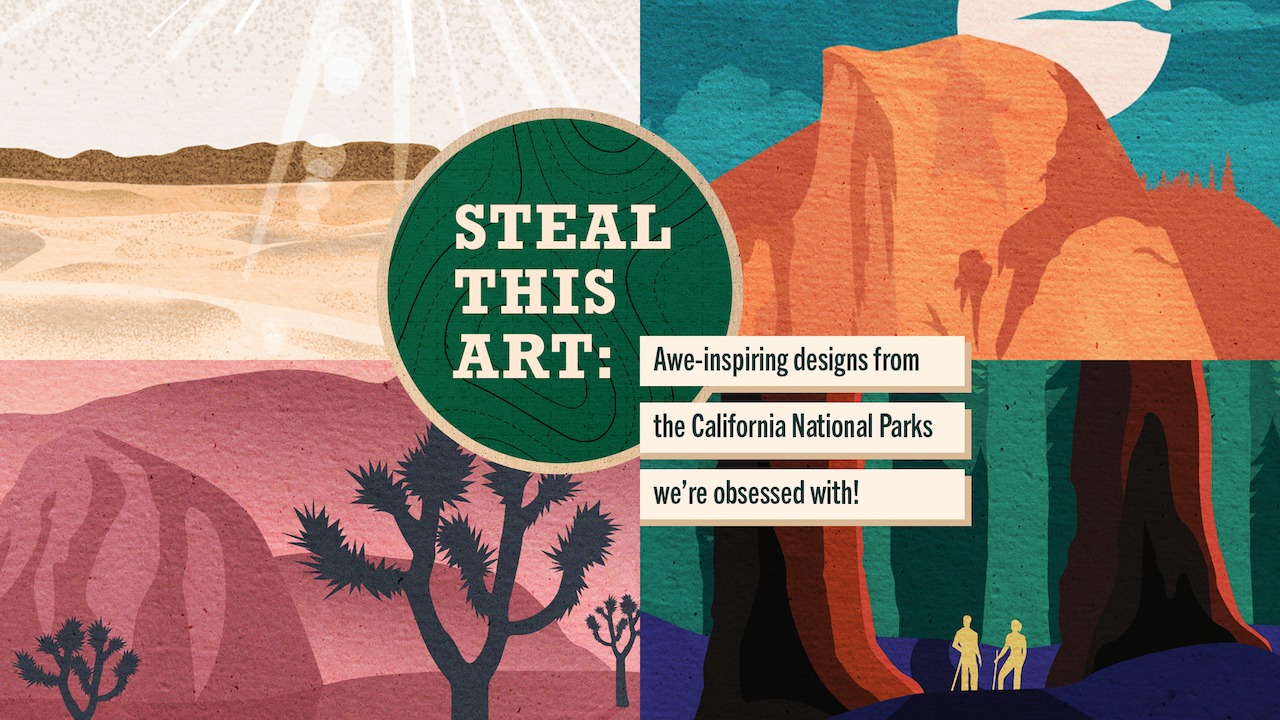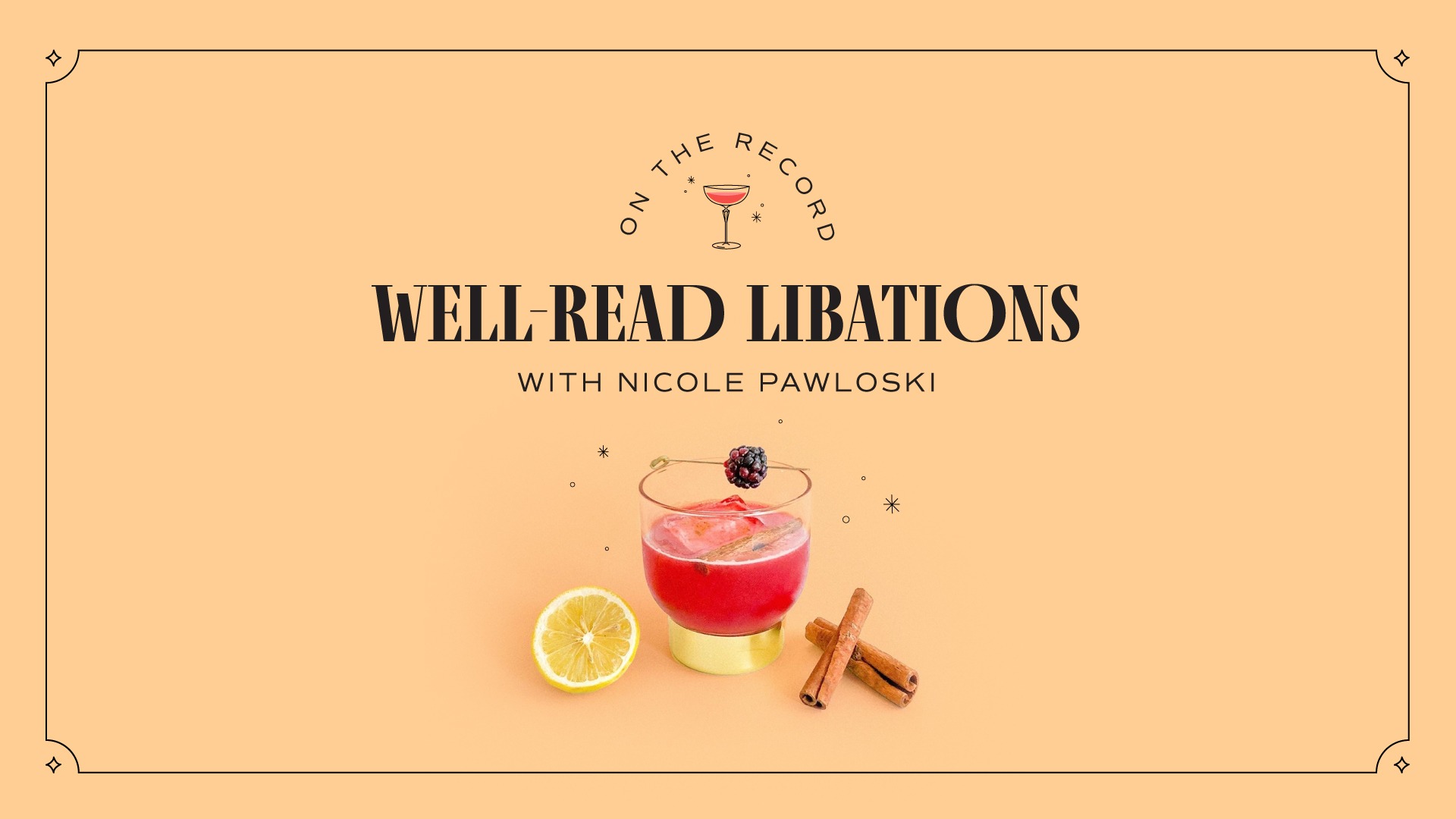Running from risk is the surest path to getting lost in a media environment that is more crowded than ever
It’s noisy and busy in the marketplace, perhaps more so than at any time in human history.
We were promised that the internet would democratize access to information, tear down geographic boundaries, and make interacting with people and businesses all over the world as simple as clicking a button.
For better and for worse, that all happened. We’re still grappling with the externalities, but a digital economy and a connected world are no longer thought experiments. They are essential parts of our daily lives.
For brands and advertisers, that reality is a double-edged sword. Their outreach can travel further and more efficiently to larger audiences, and with more precise targeting and data feedback than they ever dared hope for a decade ago — but so can the competition’s message.
“Modern consumers are inundated with content and branded communication from a growing list of channels. In a media ecosystem that hits the average consumer with over 6,000 marketing messages daily, it can seem impossible to get noticed (or hold everyone’s attention if you do). Anything boring, subdued, inauthentic, or commonplace gets tuned out.”
– Mitch Fait, Creative Director, Gigasavvy
To separate your brand from the rest, you have to be willing to put real skin in the game and go for something bold.
Audiences Have Seen and Heard It All Before
Attention is a scarce and fleeting resource. To capture and keep it, brands have to act boldly, making creative decisions that are just a half step outside their comfort zone.
They have to innovate faster, take more chances, iterate on successes, and brush off and learn from failures. Most of all, adaptive brands and companies must direct their energies towards strategies that will separate them from everyone else in the minds of their target market to inspire durable brand loyalty.
The alternative isn’t much of an alternative. It’s stagnation and ultimately extinction. Brands that play it safe, rest on their laurels and avoid upsetting anyone undercut their opportunities for growth and let their chance to pivot in the face of changing market forces wither on the vine.
As Atilla Cansun, pharma giant Merck’s former CMO once told an audience at Cannes Lions, brands need to take more risks and “constantly provoke,” explaining, “You can be overtaken in such a short space of time.”
Jorn Socquet, AB InBev marketing head, put it even more bluntly: “As CMOs, we don’t take risks. I think we’re a very lazy bunch who want to protect our jobs. We don’t want to have tough conversations with our bosses.”
Perhaps there was a time in marketing when outright risk aversion was called for, but this definitely isn’t it. Trading your long-term prospects for short-term security isn’t a strategy, it’s a surrender.
Embrace Risk… But Manage It
Whatever the reason for avoiding risk and bold ideas, be it fear or apathy, the consequences are similar. Sinking further and further into irrelevance, while nimbler, more daring, and aggressive rivals steal away market share.
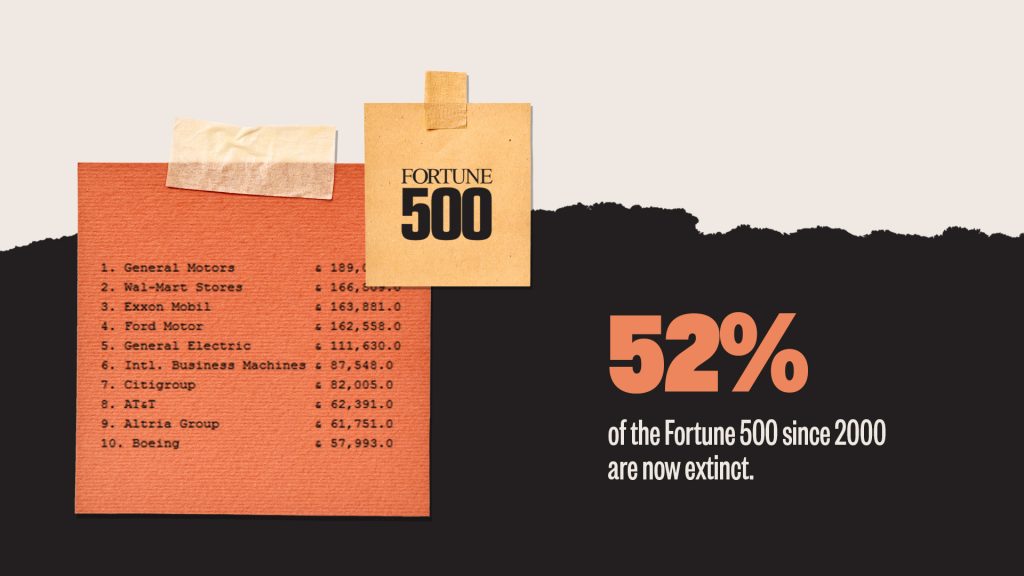
Managing risk is good brand stewardship, but only so long as the goal isn’t to eliminate risk entirely. Nothing of great value comes without risk. Frankly, if a project has no risk, it means one of two things: either the risk was misjudged or the project is of trivial importance.
Winning new fans, breaking into new markets, challenging an established market leader, and shifting public perception require putting skin in the game. So, the question is, who has been taking big but smart risks and finding success?
Here’s the story of three brands that went bold and won big:
Marc Ecko – Still Free
Back in the aughts, streetwear designer Marc Ecko had a problem. His brand was perilously close to becoming mainstream. That’s not a problem for most clothing makers, but for Ecko, it meant losing cachet with its most influential audience, namely the graffiti artists and young, urban demographic that put it on the map in the first place.
Ecko needed a big, crazy move to prove it was as gritty and authentic as ever.
In a guerrilla marketing stunt for the ages, the brand filmed a three-minute video called “Still Free” that purported to show a vandal breaking into Andrews Airforce Base and tagging up none other than Air Force One.
It was all just special effects trickery, but the footage was convincing enough that the Pentagon had to issue not one but three strongly worded denials that America’s most secure aircraft was in fact perfectly fine.
The end result for Ecko was perhaps the first viral marketing coup, with 23 million unique views in just the first two weeks of the video’s release. More importantly, the story was picked up by over 17,000 international news outlets, winning global attention for Ecko.
They had successfully converted a tiny marketing spend into millions of dollars of earned media, and demonstrated to their audience that they hadn’t lost their edge.
Nike – Dream Crazy
Colin Kaepernick probably didn’t realize when he first started taking a knee at NFL games during the National Anthem that his football career was ending and life as a political activist and influencer was beginning.
Once he started on that path, however, battle lines were quickly drawn. One side supported his objection to the treatment of African Americans by police. The other considered his act unpatriotic. Brands as big as Nike don’t typically like to wade right into the middle of a dispute as politically and emotionally charged as that.
This is why the world was stunned in 2018 at the release of a campaign headlined by Kaepernick asking us to “Believe in something. Even if it means sacrificing everything.”
The backlash was swift. #BoycottNike immediately started trending on social media and former Nike fans posted videos burning their sneakers and cutting the Swooshes off their clothes. But not everyone was upset. Serena Williams tweeted that she was “…especially proud to be a part of the Nike family today.” Online sales spiked 31-percent immediately following the campaign’s launch.
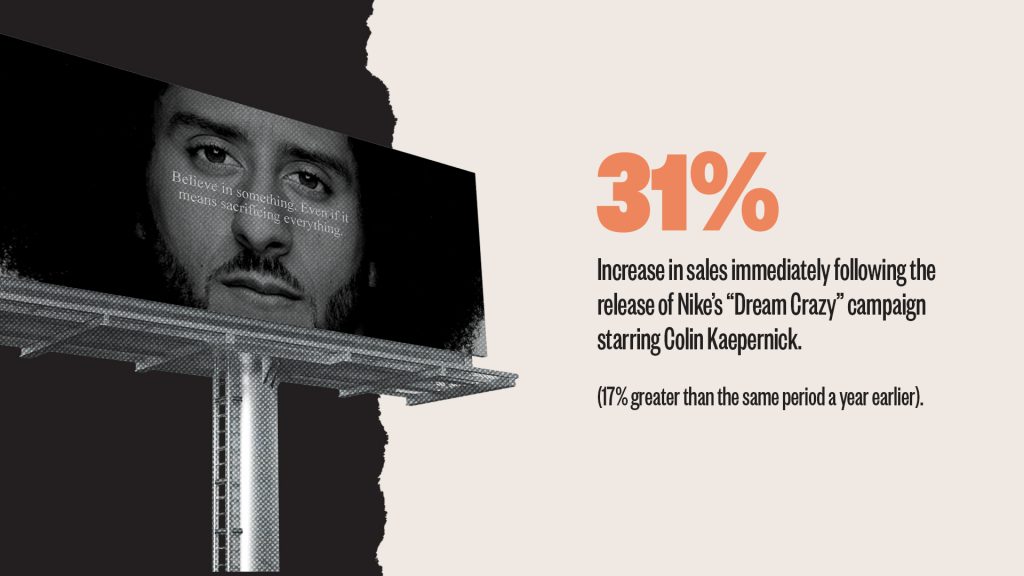
Three years later, and while the boycott mostly disappeared, Nike is still riding high. Ace Metrix found that only 13-percent of consumers they surveyed said they were less likely to purchase from Nike after viewing the ad. 56-percent said they were more likely, and that number was higher for millennials and Gen Z.
While it might have seemed a huge gamble, in truth, it was in keeping with their brand identity and core values. Nike has long positioned itself as a young at heart rebel brand that embraces the pain that accompanies growth and greatness.
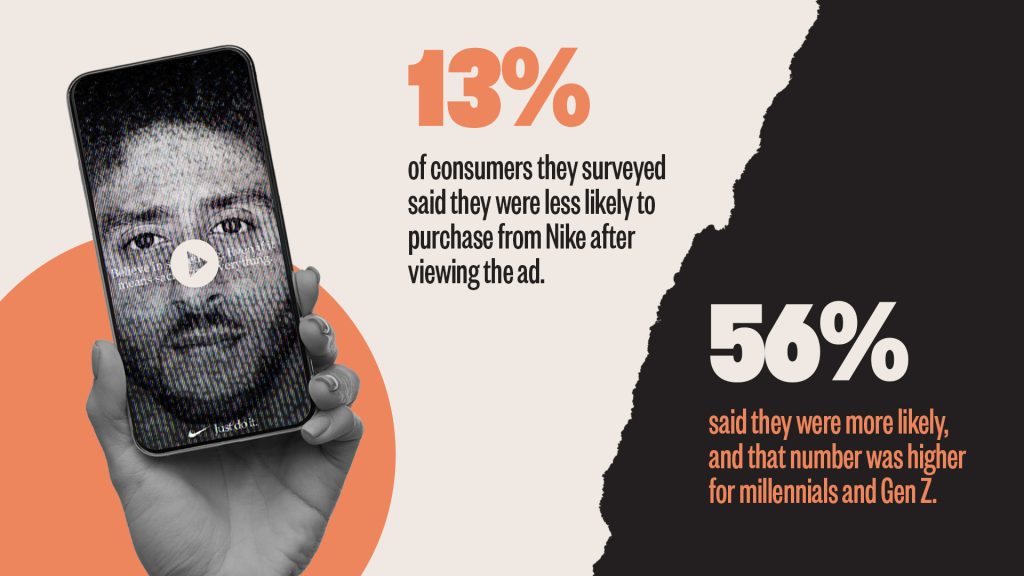
Plus, they are as aware as anyone, particularly given the younger demos they court, that consumers are demanding the brands they interact with and patronize take a vocal stand on the big issues of the day — and lip service won’t cut it. They want to see action.
So, Nike took a risk that is in keeping with its ethos, capabilities, and goals. They didn’t attempt something out of character just for the sake of risk-taking, and, according to Nike Chairman Mark Parker, it led to “record engagement with the brand” (not to mention an Emmy for best commercial).
Wendy’s – Keeping Fortnite Fresh
Wendy’s is a classic challenger brand. It’s not a niche player, but it has little chance of overtaking the dominant market leader. Rather than see that as a limitation, however, it has chosen to take it as a license to have more fun, take more chances, and be fearless in its efforts to define itself as different and superior to other burger brands. And it’s working! Wendy’s is now the No. 2 burger chain in America.
In 2020 they have been anything but square, applying truly innovative marketing and advertising practices to work, increasing sales by 4.8% and rounding out a $10.23 billion year amidst a pandemic, while Burger in contrast fell by 5.4%. Sure, McDonald’s is still the dominant player, with U.S. sales exceeding $40 billion that remained flat this past year,
There are so many great campaigns that come to mind when digging into Wendy’s archives, but one that demonstrates just how intune they are with their audience and current trends, as well as how agile and innovative their marketing team is, would have to be their campaign “Keeping Fortnite Fresh.”
Without an official in-game sponsorship, Wendy’s identified an organic way to make waves across the Fortnite community. When Fortnite announced a new game mode, Food Fight, pitting Team Pizza against Team Burger (a reference to the game’s 2 iconic restaurants, Pizza Pit and Durr Burger), Wendy’s saw their opportunity and seized the moment. Rather than bombarding Fortnite fans with Wendy’s advertisements and interrupting their gaming fun, Wendy’s joined the fray and became part of the story by creating a Wendy’s inspired avatar and announcing their mission on Twitch to destroy all Durr Burger freezers in the game on behalf of Team Pizza. A move in complete alignment with their core brand message and key point of differentiation: fresh, never frozen beef.
And what about the results? Wendy’s amassed more than 1.5 million minutes watched. Their Twitch stream was viewed over 250 million times and mentions of Wendy’s increased by 119% across social platforms.
In today’s competitive landscape you have to break out of the ordinary and serve up entertaining and engaging content if you want to cut through the noise. Companies with a strong brand strategy in place can identify unique opportunities and leverage original ways of communicating to strike gold. But conform to convention and you’re dead in the water.
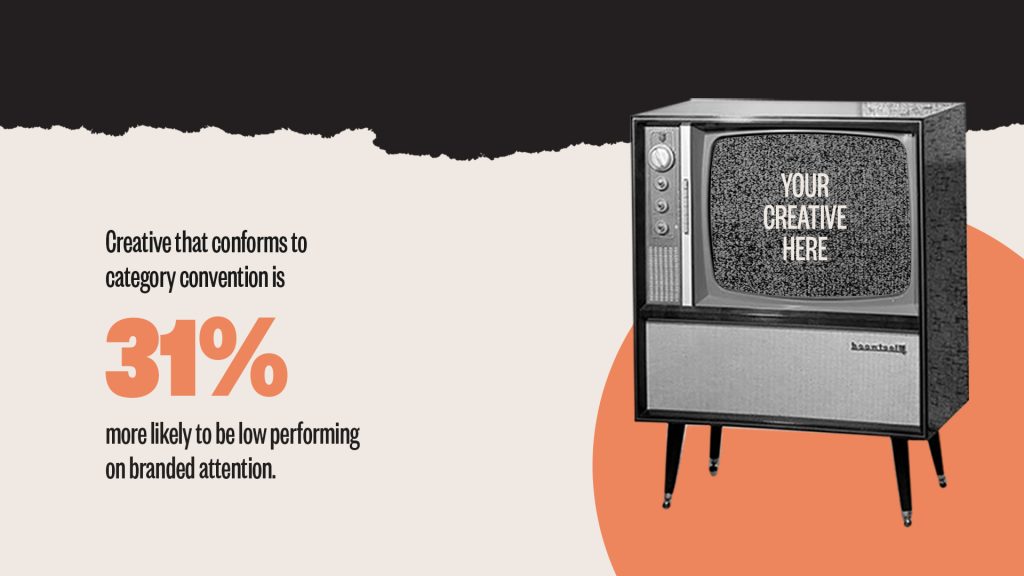
The Only Way Out Is Through
In the digital economy, things move fast and the rate of change is accelerating. A lack of awareness of what’s at stake, or a lack of urgency in addressing these realities, is brand growth kryptonite, and any brand not growing is dying.
Yet, there are also growing concerns about offending audiences. Fears of being canceled, inciting a social media hate mob, insulting a vulnerable population, or just making the brand look bad are discouraging brand managers from sailing fearlessly into uncharted waters.
The only proven path ahead is to welcome change and have the courage to face the consequences of trying big and bold (but strategically selected and analytically vetted) brand experiments.
As Michael Lee, the Creative Director at oat milk brand Oatly, tells his team: “You have to have a thick skin because there’s a lot of anger and contention.” Lee sees that as a cost of doing business and one worth the price.
The key to pushing creative boundaries is to remain true to your brand’s mission and voice while maintaining a strong connection with the culture and community that supports you. If you remain actively engaged and stay true to these principles, you will identify your unique opportunities to break with convention and run unexpected campaigns that gain attention, build loyalty, and drive growth.
